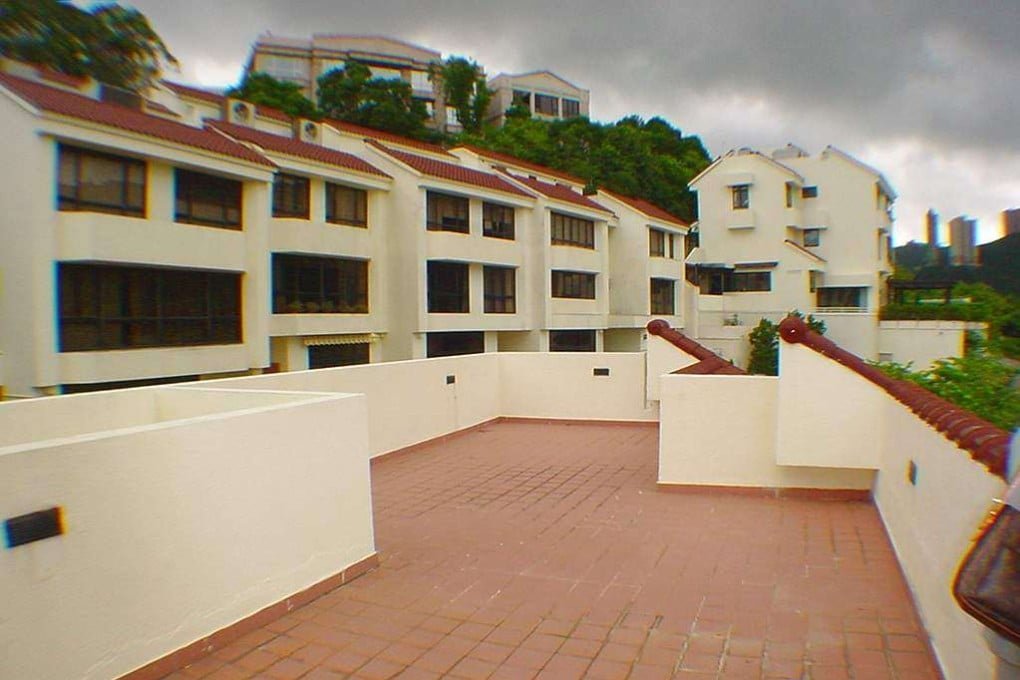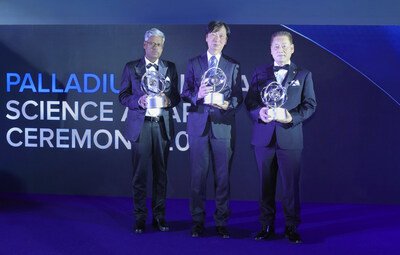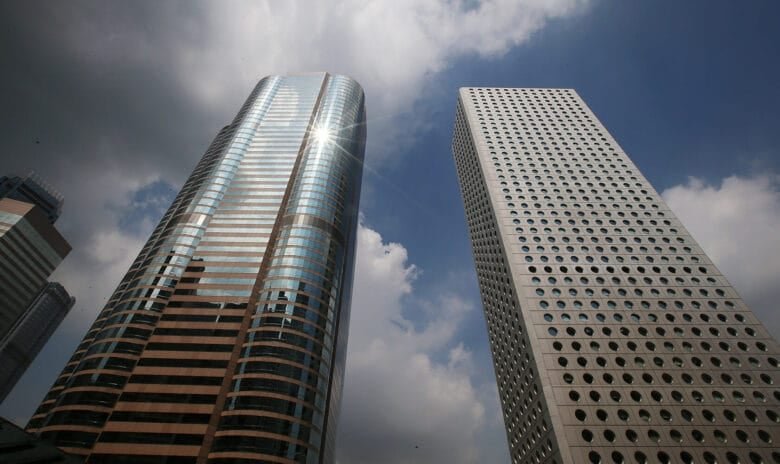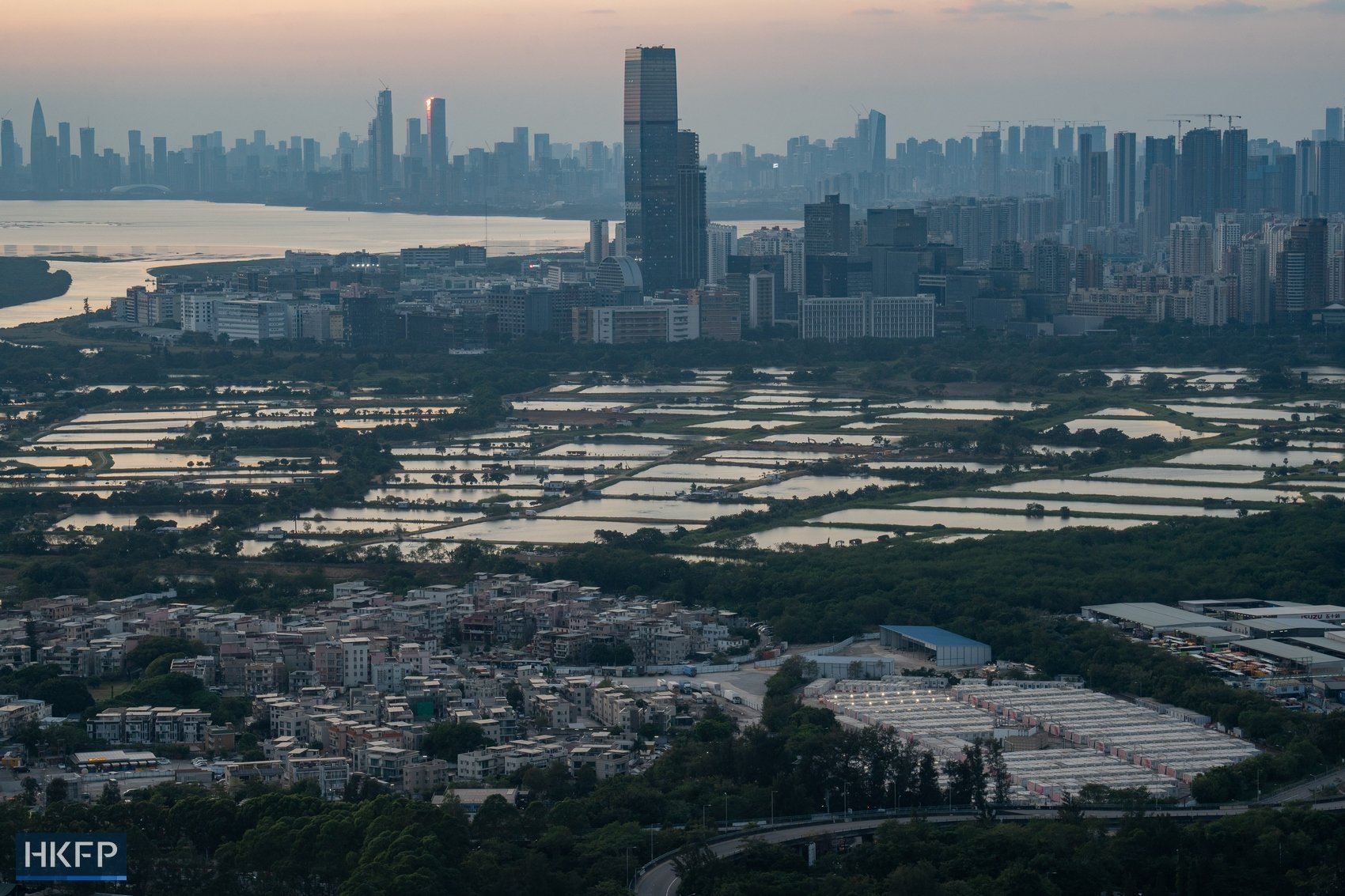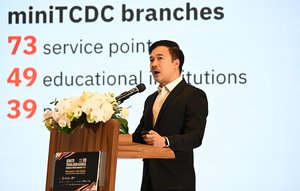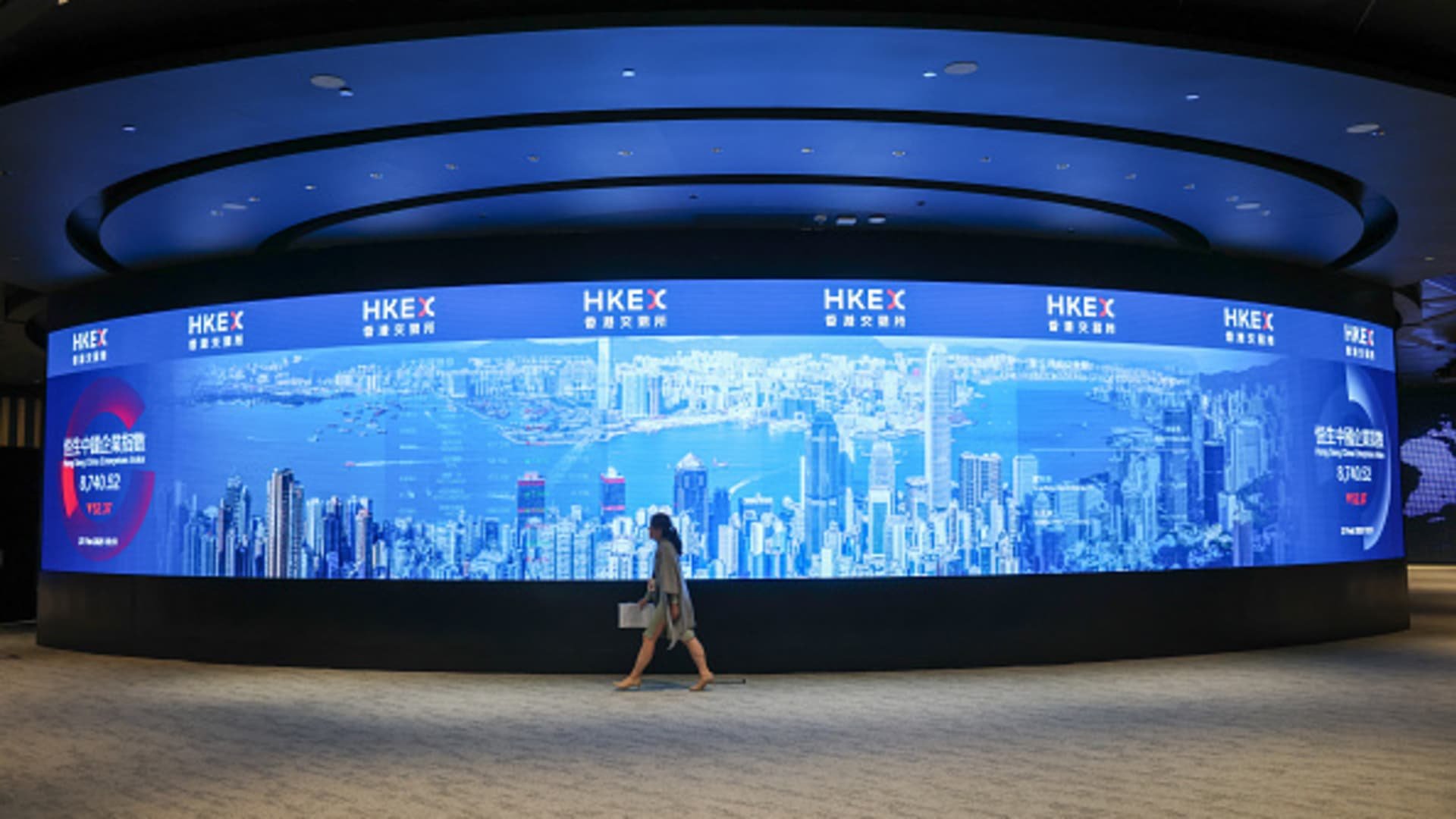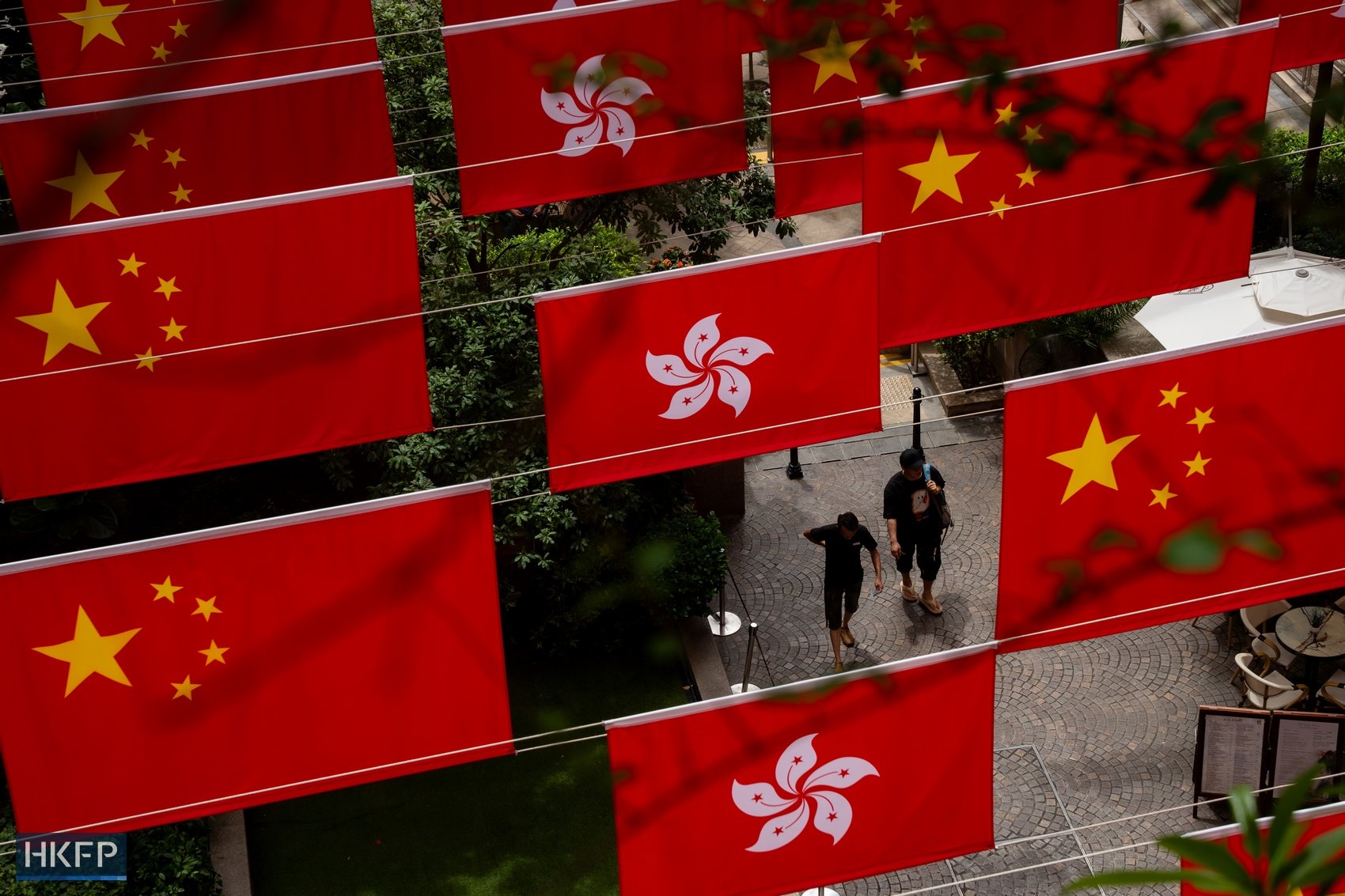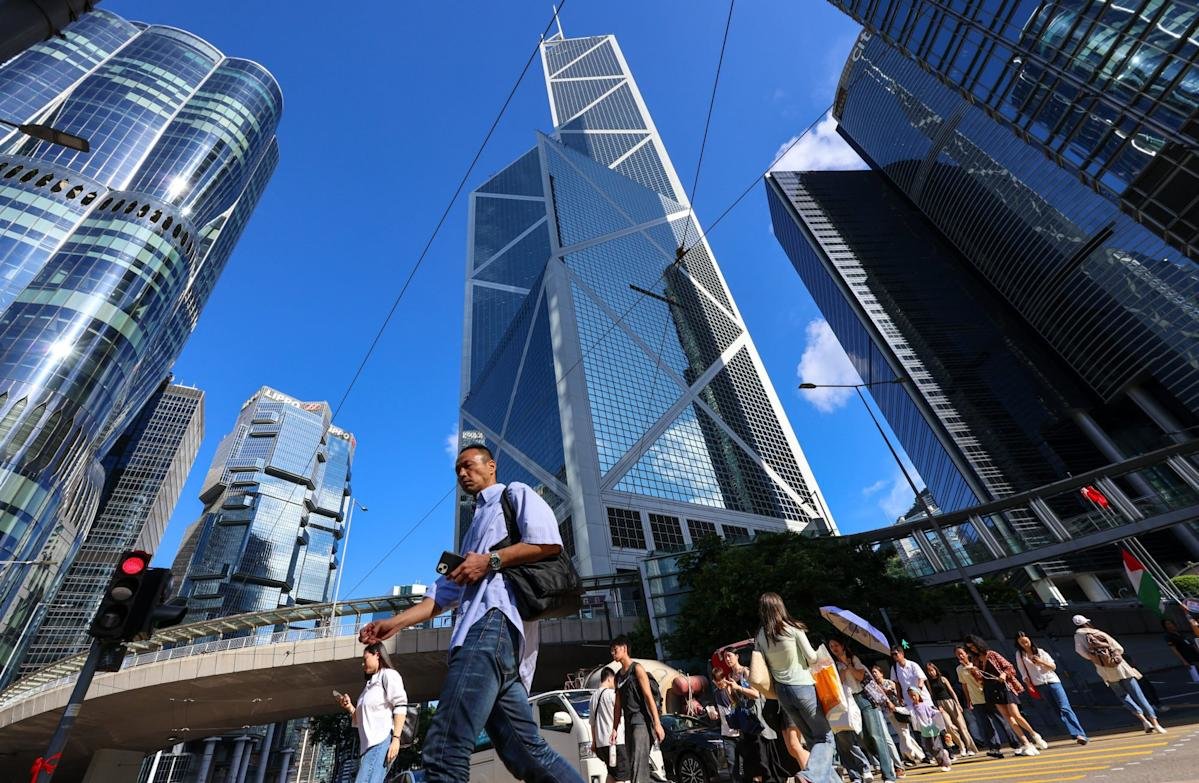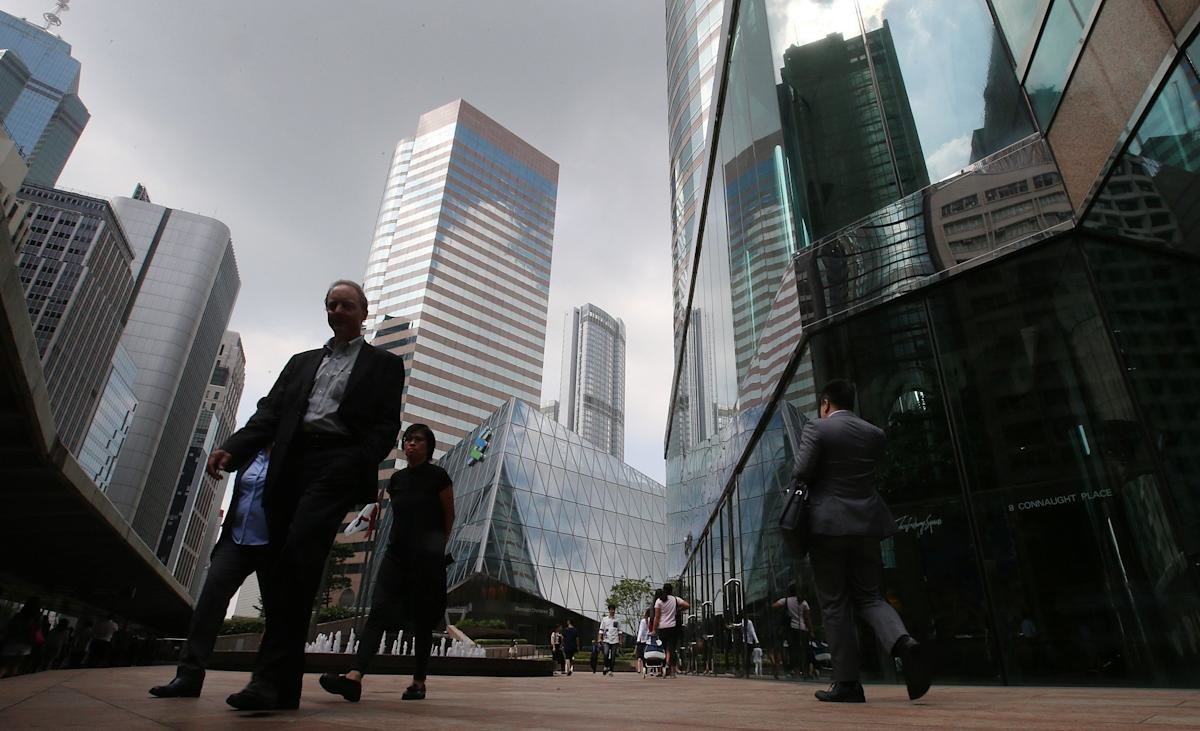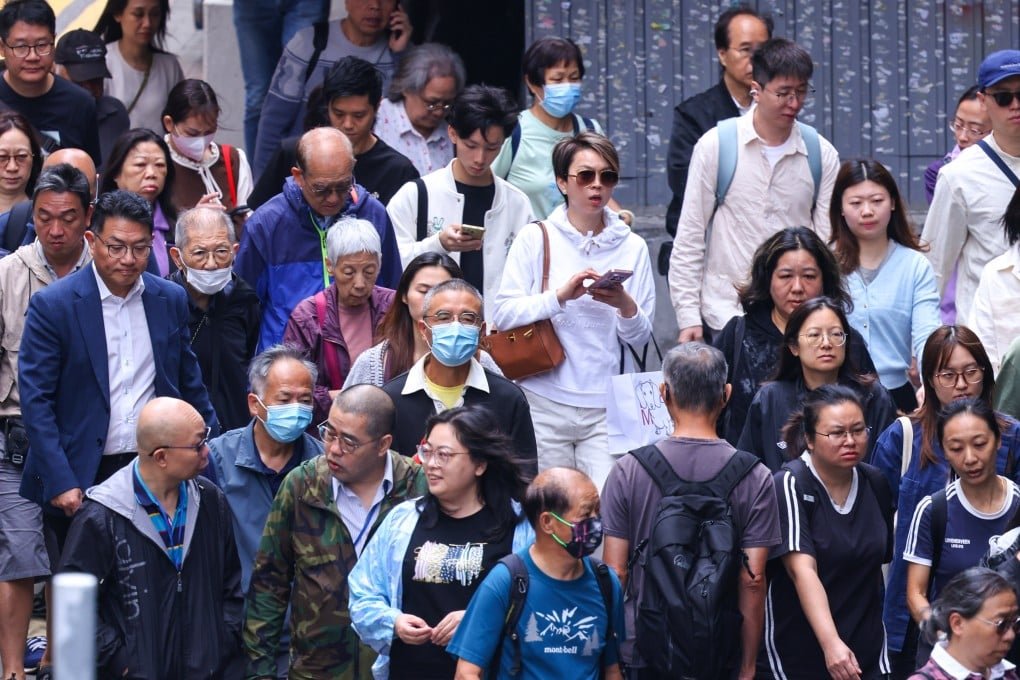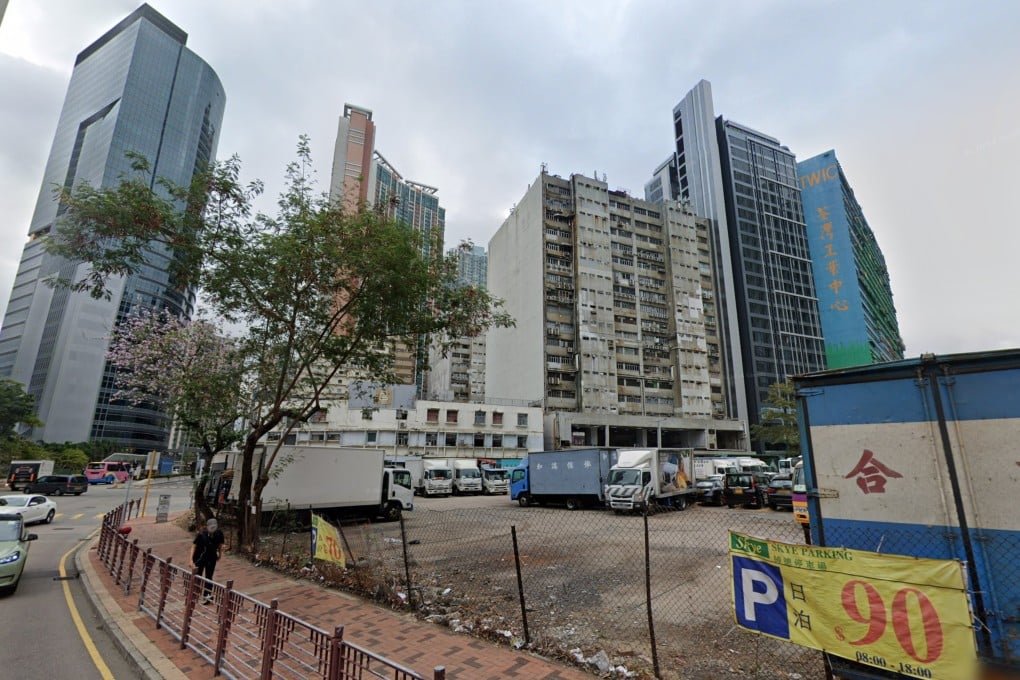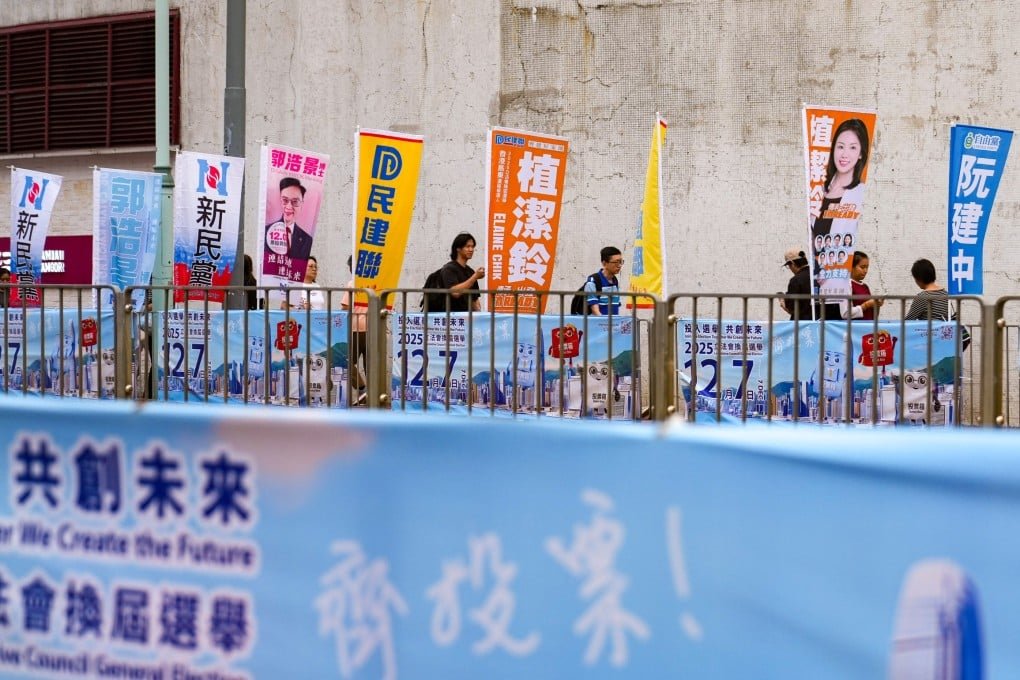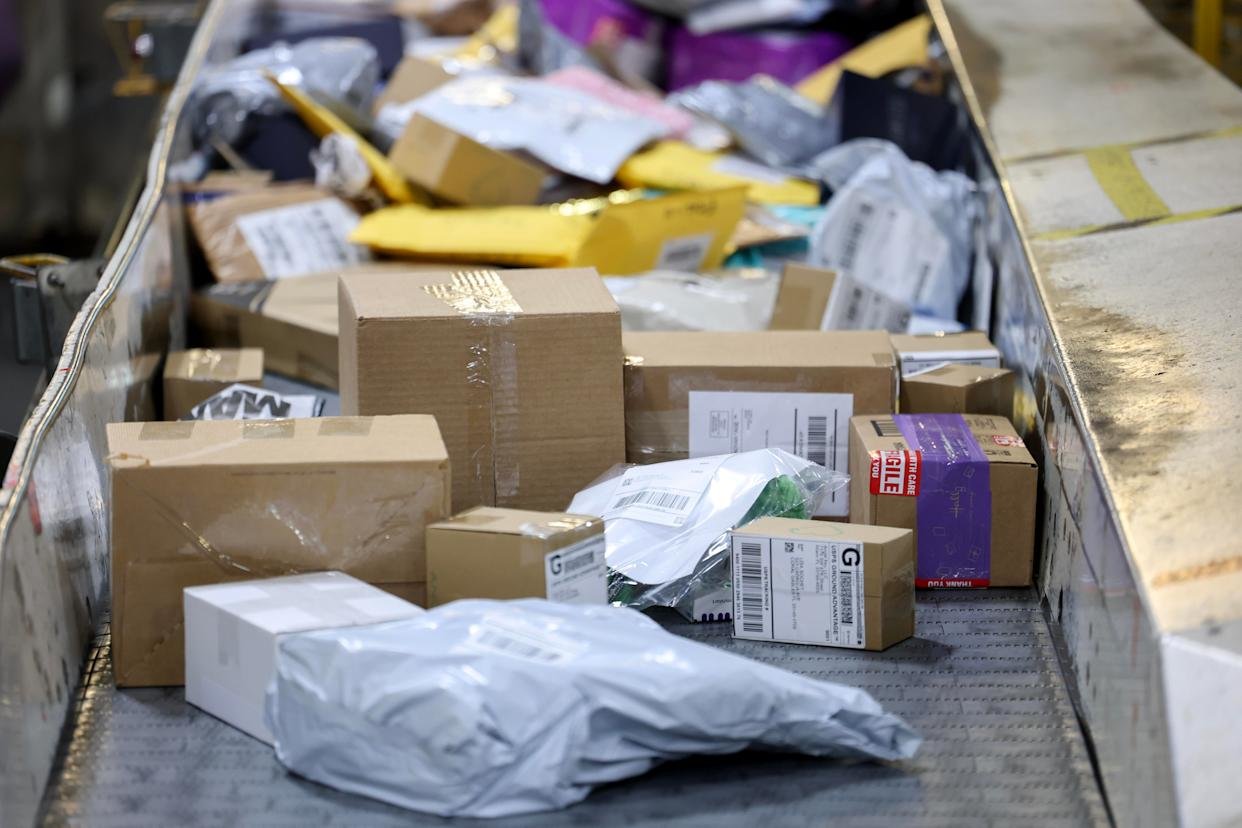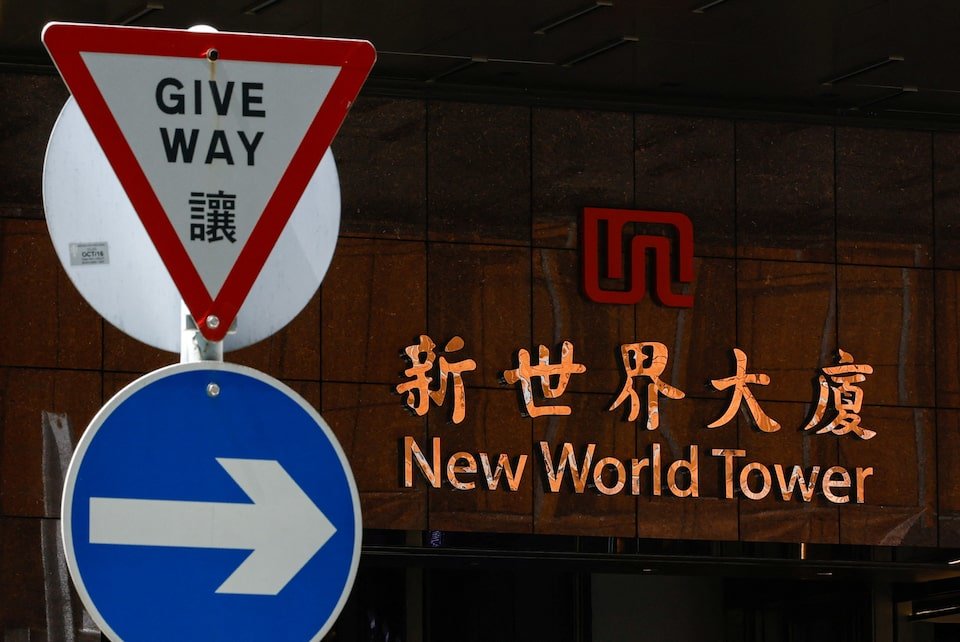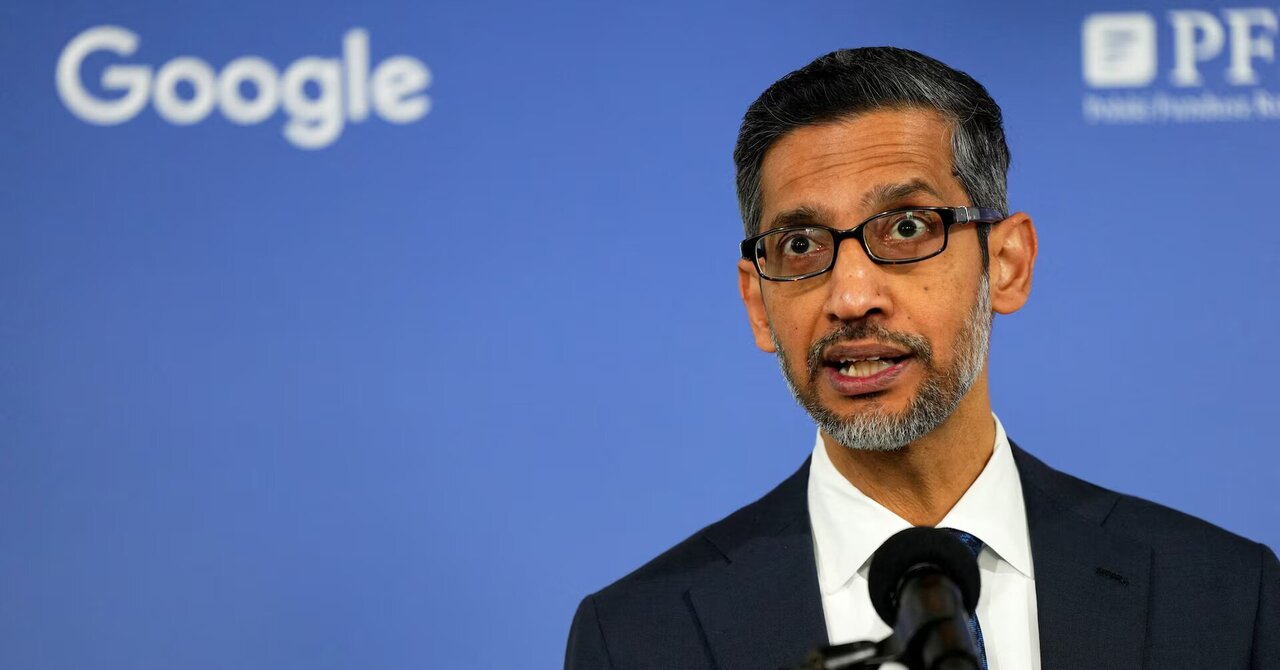The hospital was developed in partnership with the Games’ organising committee.
Hong Kong contributed its expertise in venue design, horse welfare, anti-doping, event services and cross-border logistics to support the co-hosted event across the Guangdong-Hong Kong-Macao Greater Bay Area (GBA).
In a public statement, HKJC Chief Executive Officer Winfried Engelbrecht‑Bresges emphasised that the Club’s involvement “advances regional cohesion and shared development vision” for the GBA.
The Club committed more than HK$500 million overall to support the Hong Kong and Guangdong competition regions of the Games.
For the Hong Kong delegation, the equestrian team fielded its largest-ever squad: eleven horse-and-rider combinations were selected to compete across three disciplines—show-jumping, dressage and eventing.
New talent emerged from the Club’s youth-development programmes, highlighting the region’s long-term investment in sport.
The equine hospital included an operating theatre and blood-testing laboratory, allowing on-site emergency care and veterinary diagnostics, a major upgrade over past competitions.
Club-supported equestrian infrastructure also facilitated the procurement and export of veterinary medicines and equipment through a coordinated mainland-Hong Kong approval mechanism.
Beyond the immediate Games, the Club’s commitment supports the GBA’s ambitions to become a world-class sporting and tourism hub.
The Club has announced that its Conghua Racecourse in Guangzhou will host its first regular race meeting in October 2026, aligning with China’s forthcoming national five-year equine industry plan.
Officials say this collaborative model—combining Hong Kong’s international expertise and the Mainland’s scale—demonstrates a practical blueprint for sport-commerce integration in the region.
The equestrian contribution underlines Hong Kong’s unique advantage in logistics, vet care, high-performance sport and cross-border coordination, reinforcing its role in the national sporting ecosystem.


